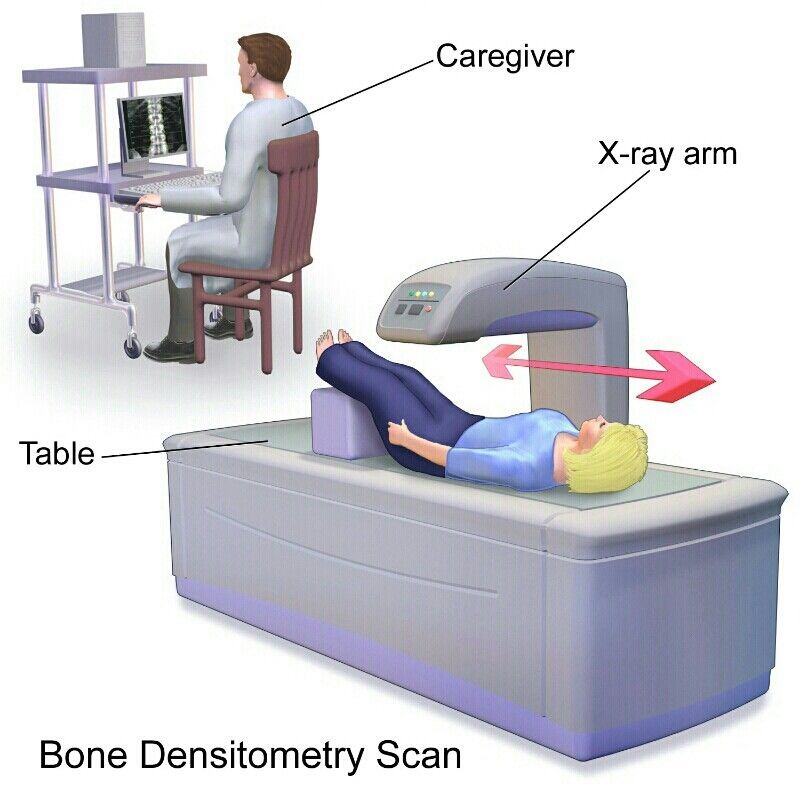+918048036246

This is your website preview.
Currently it only shows your basic business info. Start adding relevant business details such as description, images and products or services to gain your customers attention by using Boost 360 android app / iOS App / web portal.
Dexa scan in Rohini Delhi C-8/193 sec 8 rohini delhi 9811552279 A DEXA (Dual-Energy X-ray Abso...

Dexa scan in Rohini Delhi C-8/193 sec 8 rohini delhi 9811552279 A DEXA (Dual-Energy X-ray Absorptiometry) scan is a low-dose X-ray test that measures bone mineral density (BMD) to assess bone strength and diagnose conditions like osteoporosis. It uses two X-ray beams of different energy levels to differentiate bone and soft tissue, providing information on bone mass. The scan can also measure body composition, including fat and muscle, and is a quick, painless, non-invasive procedure. How it works A DEXA machine uses two low-energy X-ray beams to scan a specific area of your body, typically the lower spine and hips. The machine measures the amount of radiation absorbed by your bones, which indicates their density. Special software then analyzes the data to calculate bone density, comparing it to average scores for healthy adults of the same age, gender, and ethnicity. What it's used for Diagnosing osteoporosis: The most common use for a DEXA scan is to detect osteoporosis, a condition characterized by thinning bones that increases the risk of fractures. Assessing fracture risk: The scan provides information to help predict the likelihood of breaking a bone. Monitoring treatment: It can be used to see how well treatments for osteoporosis are working and to track changes in bone density over time. Body composition analysis: Some DEXA scans can also provide detailed measurements of fat and muscle in different parts of the body. Types of DEXA scans Central DEXA: The most common and accurate type, it involves lying on a table while a scanner passes over your lower spine and hips to measure bone density and predict fracture risk. Peripheral DEXA (p-DEXA): Smaller machines are used to measure bone density in the wrist, fingers, leg, or heel. Key benefits Low-dose radiation: The amount of radiation exposure from a DEXA scan is very low, often less than a standard chest X-ray. Quick and painless: The procedure is fast and non-invasive, typically involving a few minutes on the scanner table.

